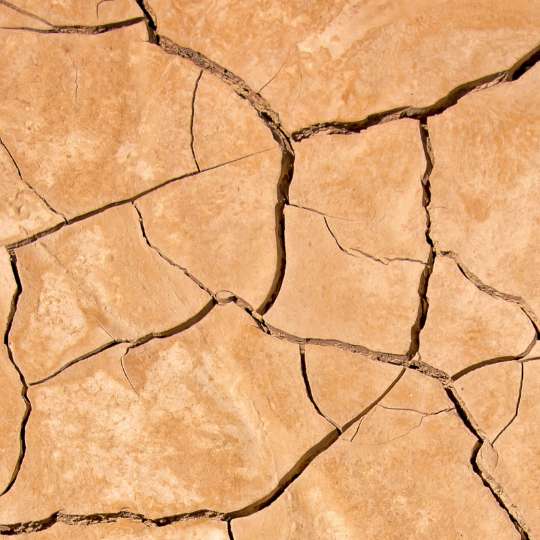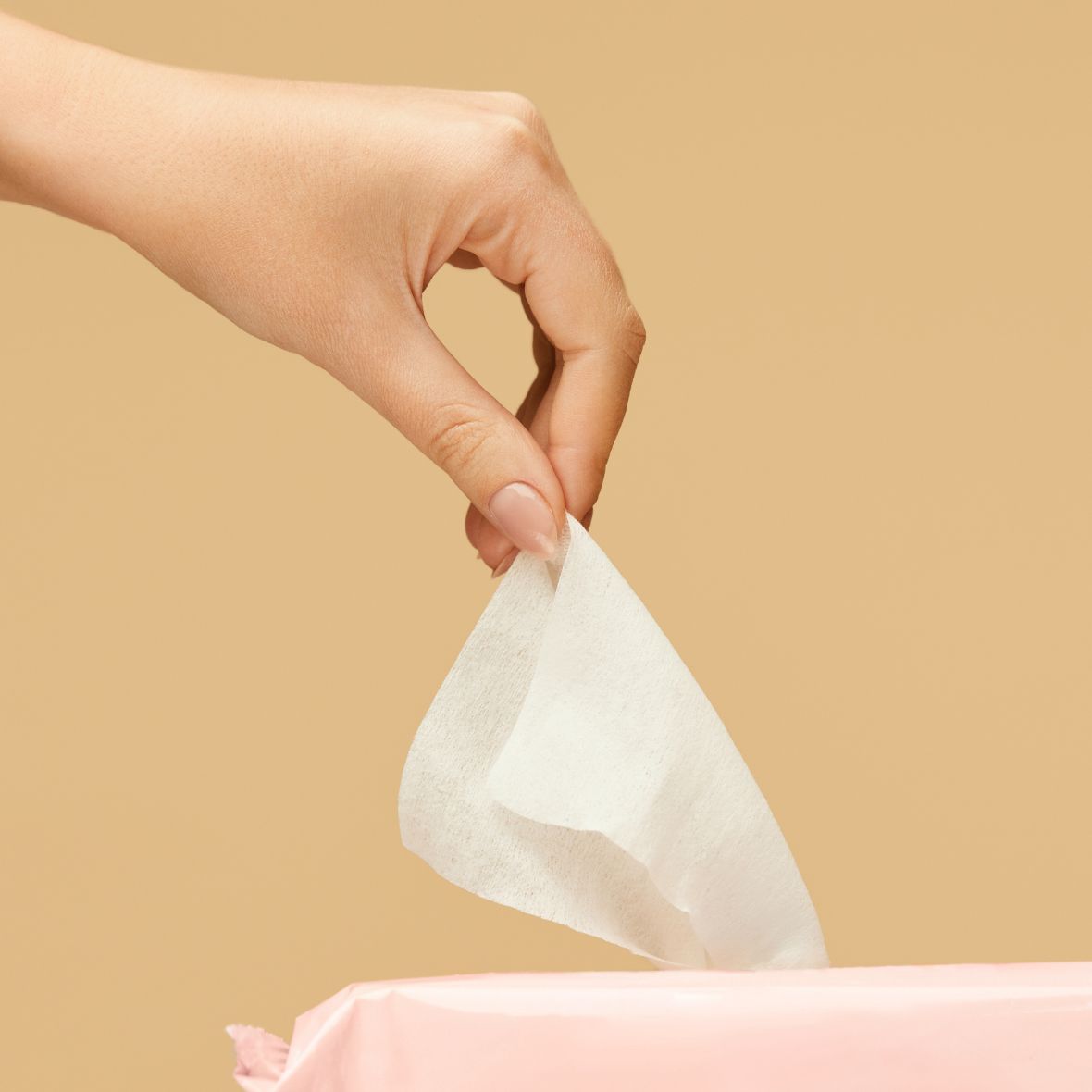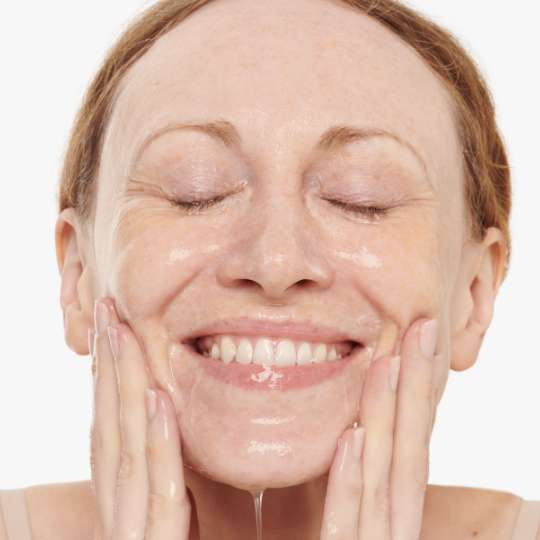

What is rosacea?
Rosacea is a long-term skin condition that causes skin to look flushed and feel like it's burning. It is most common in women, and normally makes itself known around the age of 30.
Unfortunately, the exact cause of rosacea is still unknown, which means there is currently no cure. Experts think it could be connected to the immune system or a larger than average number of tiny, natural mites existing on the skin, but the jury is still out. For this reason, rosacea needs to be managed in order to keep it under control.
Think of caring for rosacea-prone skin like training a puppy. It can be unpredictable and frustrating, but once you learn to understand your rosacea triggers, needs and behaviour patterns, things start to get easier. You can’t change the skin you’re in, but you can change how you look after it.
Read, watch and be inspired...



